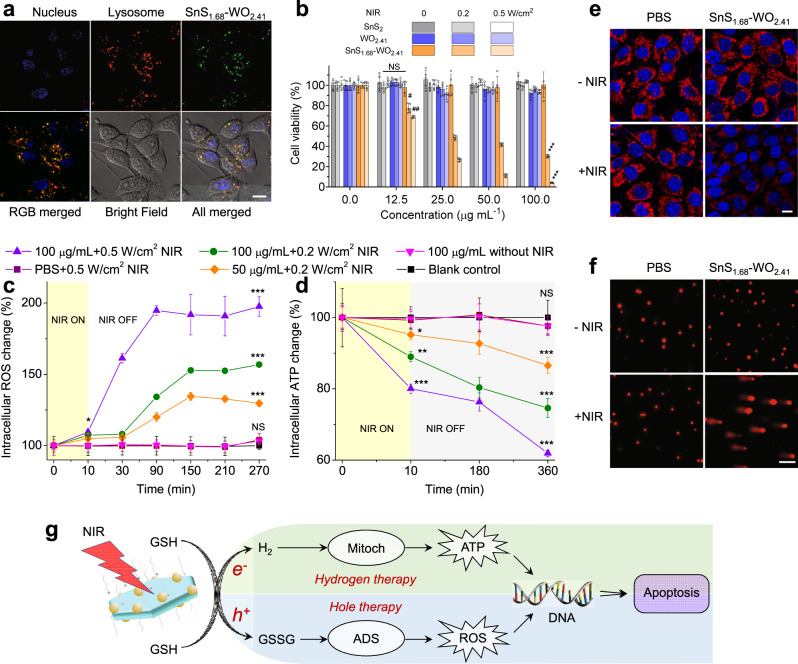Fig. 4. Combined hole/hydrogen therapy performances and mechanisms of the SnS1.68–WO2.41 nanocatalyst.
The cellular uptake behavior of the SnS1.68–WO2.41 nanocatalyst after incubation for 4 h (a), the cytotoxicity (n = 5 biologically independent cells) of the nanocatalyst in the presence/absence of NIR irradiation (808 nm, 0.2 or 0.5 W/cm2, 10 min) against 4T1 cells (b), the intracellular ATP (c) and ROS (d) monitoring (n = 6 biologically independent samples) in SnS1.68–WO2.41-treated 4T1 cells in the presence/absence of NIR irradiation (808 nm, 0.2 or 0.5 W/cm2, 10 min), the effect of SnS1.68-WO2.41 + NIR treatment on the mitochondria (The experiments were repeated three times independently with similar results) (e) and DNA (f) of 4T1 cells, and the proposed mechanism for combined hole/hydrogen therapy based on the SnS1.68–WO2.41 nanocatalyst (g). P values were calculated by the two-tailed Student’s t-test (#P = 0.000253, ##P = 0.000007, *P = 0.001356, **P = 0.000006, ***P < 0.000001; NS, no significant difference). Scale bars, 10 μm (a, e), 100 μm (f). Data are presented as mean values ± SD.

